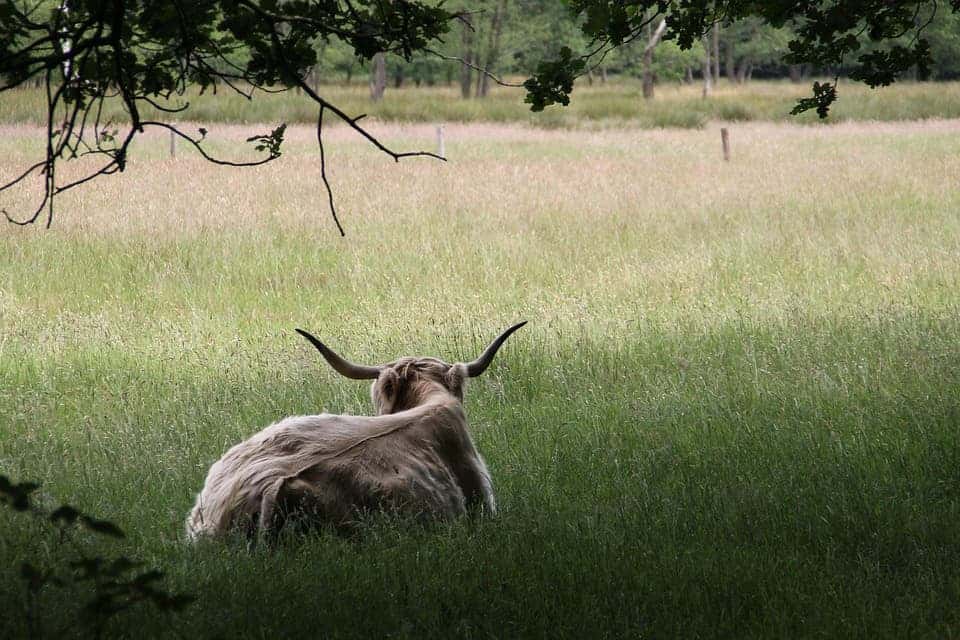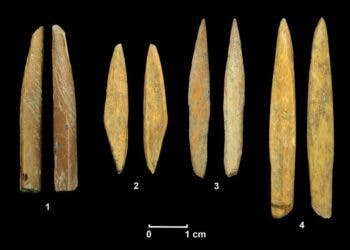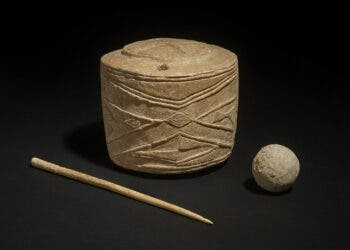New research is looking at the birth of economic inequality — and says it came riding the ox.

Research at the Santa Fe Institute reveals how the deep and lasting economic divisions that took root in Eurasia around seven thousand years ago can be traced back to the adoption of the ox-drawn plow. This advancement, the team explains, decoupled productivity from human labor, which led to the social strata of haves and have-nots.
State of the cart
“Ox drawn plows were the robots of the late Neolithic,” explains co-author Samuel Bowles, an economist at the Santa Fe Institute.
“The effect was the same as today: growing economic disparities between those who owned the robots and those whose work the robots displaced.”
The team charts the surge of prehistoric inequality that sprouted around seven thousand years ago in societies across Eurasia in a new study. The economic origins of this surge, they explain, lies in the adoption of ox-drawn plows. Their results conflict with the long-held view that the transition from hunter-gathering to agriculture led to the rise of inequality.
According to the team, it wasn’t agriculture that caused it — it was a technology that made land more valuable and labor less.
In the first of two companion papers, the team presents new statistical methods of comparing wealth inequality needed for the ancient world — ones that can be applied to different kinds of wealth, societies, and regions, at different times throughout history. The team’s analysis included data from 150 archaeological sites and revealed a steep increase in inequality in Eurasia around 4,000 BC. That year is important as it’s several millennia after the advent of agriculture. This, along with the fact that the team “observed that some societies who adopted agriculture were remarkably egalitarian for thousands of years,” suggests agriculture didn’t cause the rise in inequality.
“The surprise here isn’t so much that inequality takes off later on, it’s that it stayed low for such a long time,” says lead author Amy Bogaard, an archaeologist based at the University of Oxford who is also an external professor at the Santa Fe Institute.
The team explains that agriculture around 4,000 BC (at least in Europe and the Middle East) revolved around patchworks of small garden plots, similar to today’s allotments in the UK.
Families would work together to grow crops on these plots, mostly cereals and pulses. Work was done by hand — the soil was tilled using hoes, sometimes using unspecialized cattle such as aging milk cows, and the crops needed to be harvested by hand. Take into consideration that the plots also needed constant surveillance to protect them from wild animals, and you get quite the busy landscape. In effect, how much work a family was able to put out limited how much food they were able to produce.
Where the cow comes in

However, those farmers who could raise and maintain specialized cattle (plow oxen) could work much more land — a single farmer with an ox team could cultivate ten times the land area of a farmer that only used a hoe. In time, their greater production capability gave them access to more resources, which they used to acquire more land and oxen. The team explains that those who owned land and ox teams also began to primarily work with more stress-tolerant crops, like barley or certain kinds of wheat, further reducing the amount of labor they needed to put in.
By the second millenium BC, farming landscapes had transitioned to large fields, and societies were deeply divided between landowners (who passed their holdings to their children), and land-poor or landless families.
How this transition took place is detailed in the team’s second accompanying paper. It shows a key distinction between farming systems where human labor was the limiting factor for production versus those where human labor was more expendable, and land became the limiting factor.
“So long as labor was the key input for production, inequality was limited because families did not differ much in how much labor they could deploy to produce crops,” explains co-author Mattia Fochesato, an economist at Bocconi University. “But when the most important input became land, differences between families widened because land and other material forms of wealth could be accumulated and transmitted over generations.””By chance, or force, or hard work, some families came to have a lot more than others. Then radical inequality arose.”
One consequence of inequality, Bogaard notes, is that the most unequal societies tended to be more fragile and susceptible to political upheaval or climate change. The team cautions that their findings, although dealing with ancient events, are still very much relevant today.
“If there are opportunities to monopolize land or other key assets in a production system, people will. And if there aren’t institutional or other redistributive mechanisms, inequality is always where we’re going to end up,” Bogaard says. “There are many other kinds of assets now that we should think about people’s capacity to own and benefit from [apart from land].”
The paper “Comparing ancient inequalities: the challenges of comparability, bias, and precision” has been published in the journal Antiquity.






